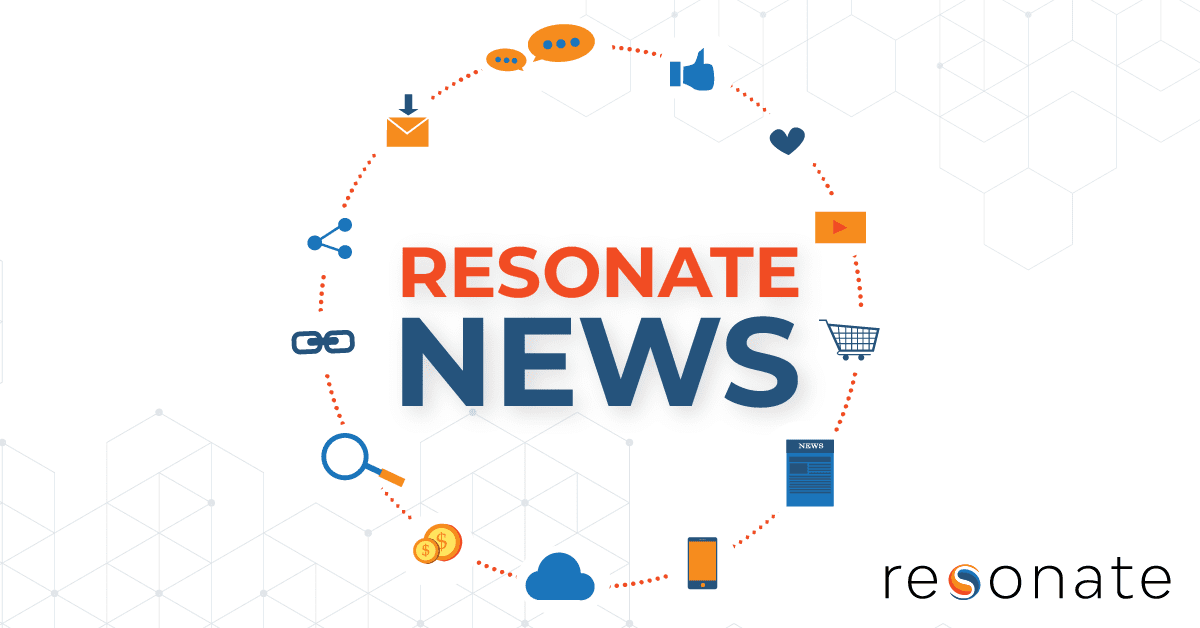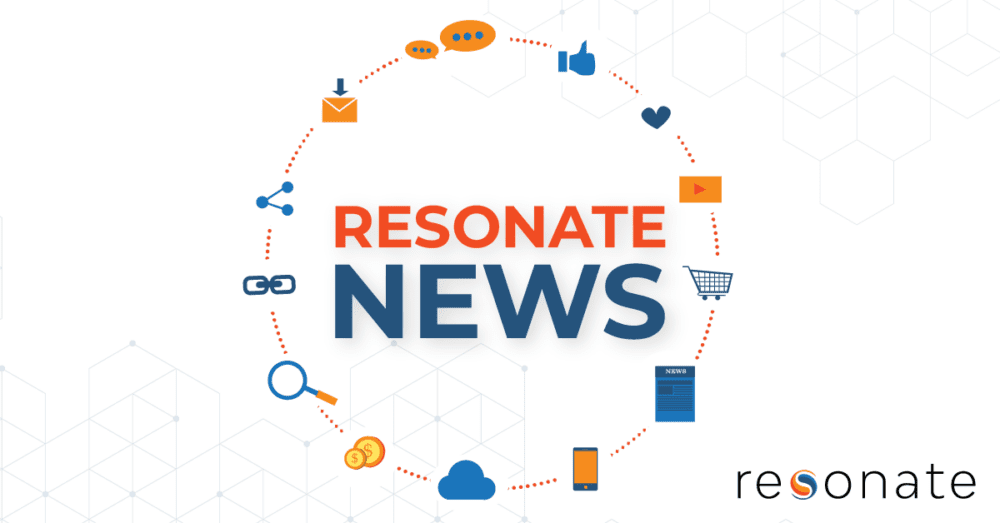The article below was featured in DigitalCommerce360 on May 5th, 2023. Read it in its entirety here.
Is there really such a thing as a B2B buyer anymore? The knee-jerk response to this question, particularly in B2B circles, might be, “Well, of course.” But in light of the tremendous societal upheaval of the past three years, we would be remiss to dismiss this question outright.
The blurring of the line between the B2B and B2C marketing worlds has been greatly accelerated in recent years. B2B organizations that haven’t transformed their marketing approaches accordingly—particularly as it relates to their data practices—are rapidly falling behind. Moreover, they’re missing out on opportunities to unlock deeper, more valuable relationships with their customers and prospects.
So what does it take to bridge the B2B-B2C divide in today’s complex marketing landscape? Let’s take a look at three key concepts that need to be baked into the core of modern B2B marketing organizations.
Reframe the B2B Buyer Through a Consumer Lens
For many B2B marketing organizations, the first step toward addressing the blurring of the B2B-B2C marketing worlds has to do with mindset. It’s easy to get caught up in the mindset of selling to businesses rather than individual people. However, it’s important to remember that businesses are made up of humans, and these humans are ultimately the ones making the buying decisions. That’s the mindset and understanding that B2B marketing teams need to put at the forefront of everything they do.
When we reframe B2B buyers through a consumer lens, we unlock a much deeper appreciation for how they operate. In some cases, we need look no further than our own experiences to appreciate how effective a new approach can be. As our work and personal lives have become increasingly fluid, the devices, platforms and content we interact with are now being employed for both purposes — sometimes simultaneously.
For example, our phones might have our personal chats on them, but they also have our office Slack, and we might be switching back and forth from conversations in each in the same session. For people making purchases on behalf of their companies, this blended way of engaging in work and personal matters has significant implications for when and how they process information that shapes their B2B buying decisions.
Technology (Including AI) and Data Are Your Friends
The modern world of marketing is awash with data and technology, and it’s crucial for businesses to leverage these tools to their advantage. This is especially true when it comes to bridging the B2B-B2C marketing chasm.
Historically, B2B marketers have built customer personas based on what they know about their customers from a professional standpoint. However, such personas have increasingly limited utility in the blended B2B-B2C world. From a data standpoint, there are platforms available to help B2B marketers put a consumer lens on their personas.
B2B marketers should also consider tapping into channels that they’ve traditionally considered to be consumer channels. Today’s consumer is more receptive than ever to business messaging while consuming personal content. B2B marketers who harness best practices for B2C messaging in these channels, but with a business twist, will see the best results.
Make Testing an Always-On Effort
Particularly as B2B marketers begin to shift the way in which they operate, it’s essential to embrace an agile approach and always be testing. Agile methodologies aren’t just for software developers. Marketers need to live and breathe this philosophy. The worst thing you can do in a dynamic market is to not test, try new things and incorporate learnings. That’s how companies get left behind — and that is exactly what B2B marketing organizations are trying to avoid.
Above all, reframing the B2B buyer through a consumer lens also means taking a step back and considering the emotional and personal motivations behind the purchasing decisions of individuals within a business. By focusing on the human side of B2B marketing (i.e., what drives a person’s decisions not just as an employee but also as a person), companies can create more authentic and engaging messaging that resonates with buyers on a deeper level. This can lead to stronger relationships and ultimately greater revenue.

